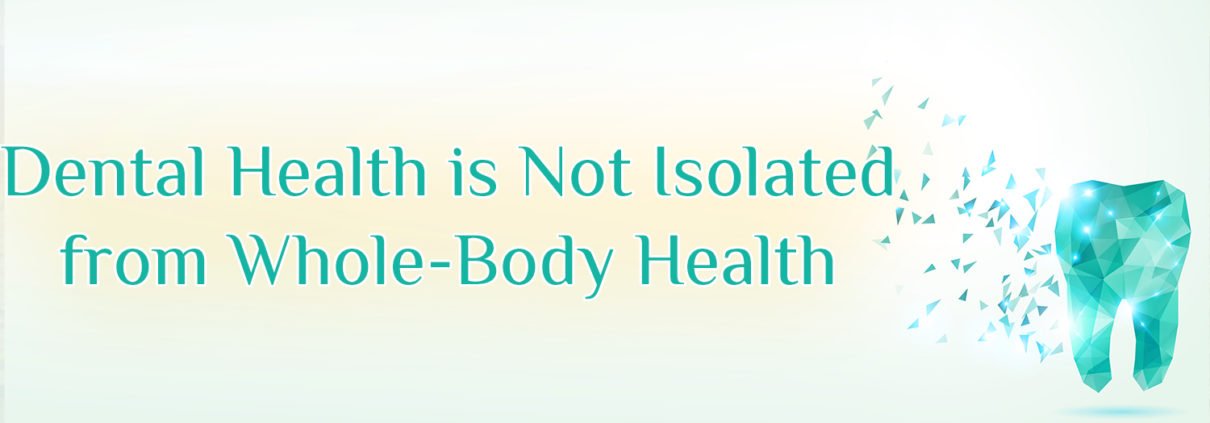What is Preventive Dental Care?
Preventive dental care is an important element in maintaining good oral health. It includes practices that support teeth and gums such as brushing and flossing. This is done in conjunction with maintaining a healthy diet, and seeing a dentist regularly for checkups and routine cleanings.
The Basics of Preventative Dental Care
The most obvious, and no doubt the most important element of preventative dental care, is brushing and flossing. Brushing and flossing helps to remove plaque from the surfaces and in between the teeth.
Some basic recommendations that can easily be followed at home include:
- Brush twice a day
- Choose a toothbrush with soft bristles (biodegradable toothbrushes are a good choice)
- Use a gentle, circular motion
- Brush the tongue or use a tongue scraper
- Replace toothbrush every three or four months (sooner if the bristles begin to wear)
- Clean between teeth daily with floss or an interdental cleaner (wide floss is best)
- Rinse using a fluoride and alcohol-free mouth wash such as Xylitol based rinses
Use a Natural Mouthwash
Using a natural mouthwash in combination with routine brushing and flossing is the best way to reduce oral bacteria and maintain (or achieve) optimal oral health and hygiene. In addition to being gentle, the essential oils and herbal extracts found in many natural oral rinses are also valued for their therapeutic properties. Natural preservative-free oral rinses that contain specific essential oils can offer antibacterial, anti-inflammatory, antimicrobial and antifungal properties. This goes beyond what you might typically expect to find in commercial mouthwash products.
Healthy Diet – Healthy Teeth
Good nutrition combined with a well-balanced diet is one of the best defenses against tooth decay and periodontal disease. Choosing the right combination of vitamins, minerals and supplements can help to support teeth and gums and also promote a healthy immune system – which in turn helps to ward off disease and decay. Eating foods high in sugar and carbohydrates all too often leave behind harmful acids and bacteria that linger in the mouth and lead to tooth decay and serious gum issues. The biggest culprits include carbonated beverages, sugary fruit juices and starchy foods such as pasta, bread and cereal.
Maintaining a healthy diet to support healthy bones, gums and teeth is paramount for maintaining optimal oral health. The best diet is low in sugar and refined carbohydrates, high in fresh ‘alive’ foods such as vegetables and fruits, as well as nuts and legumes and contains a healthy dose of natural probiotic-rich foods such as kimchi, kombucha tea, and kefir. An alkaline rich diet sourced naturally from dark green vegetables, root vegetables and cruciferous vegetables (broccoli, cabbage, kale, cauliflower, etc.) is nutrient dense and offers important teeth and bone supporting elements such as; beta-carotene, lutein, zeaxanthin, vitamins C, E, and K; folate; calcium and numerous other minerals.
Your doctor may also provide patients with an oral flora analysis which helps to determine what combination of supplements, homeopathy and probiotics will help a patient rebalance oral flora. An oral flora analysis helps patients to resolve gastrointestinal issues such as candida albicans overgrowth which can affect both the mouth and gastrointestinal tract. This process helps to reduce oral inflammation and eliminate oral pathogens by rebalancing the gut bacteria to support overall healthfulness.
Exercise Prevents Periodontal Disease
A 2005 study published in the Journal of Dentistry reported that people who exercise regularly are at a reduced risk of periodontitis (gum disease). The study, conducted by Case Western Reserve University, involved more than 12,000 people. It identified three key factors that resulted in better oral health – with an average of 40 percent reduction in gum problems.
They included:
- Regular exercise
- Maintaining optimal weight
- Healthy Diet (Low in Sugars)
Researchers concluded that engaging in the recommended level of exercise is associated with lower incidents of periodontitis (especially among never and former smokers).
How often should I see my dentist?
Poor oral hygiene can lead to a variety of dental and medical problems. These problems include inflammation, dementia, bone loss, heart disease, arthritis, strokes and more. Routine checkups and teeth cleanings can lower a persons’ risk of developing many chronic illnesses while helping to ensure a healthy oral environment.
The general rule of thumb for healthy people with a low risk of developing cavities or gum disease is to see their dentist about once a year. People with a high risk of dental disease such as smokers or diabetics might need to visit more frequently. Sometimes as frequently as every three or four months, or as recommended by the dentist. To schedule an appointment with Dr. A.J. Boyajian call 310-670-6944 or to learn more visit our website.



